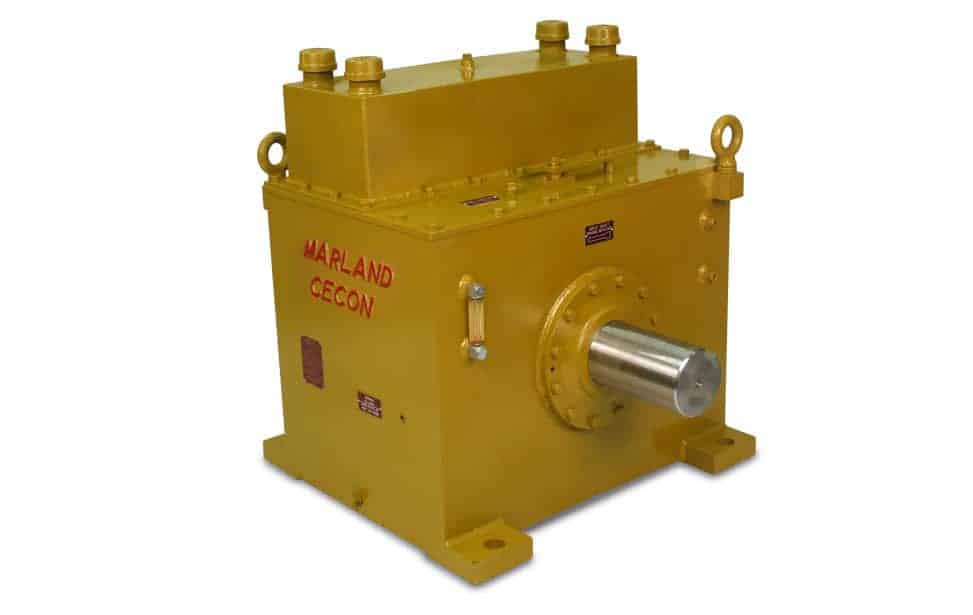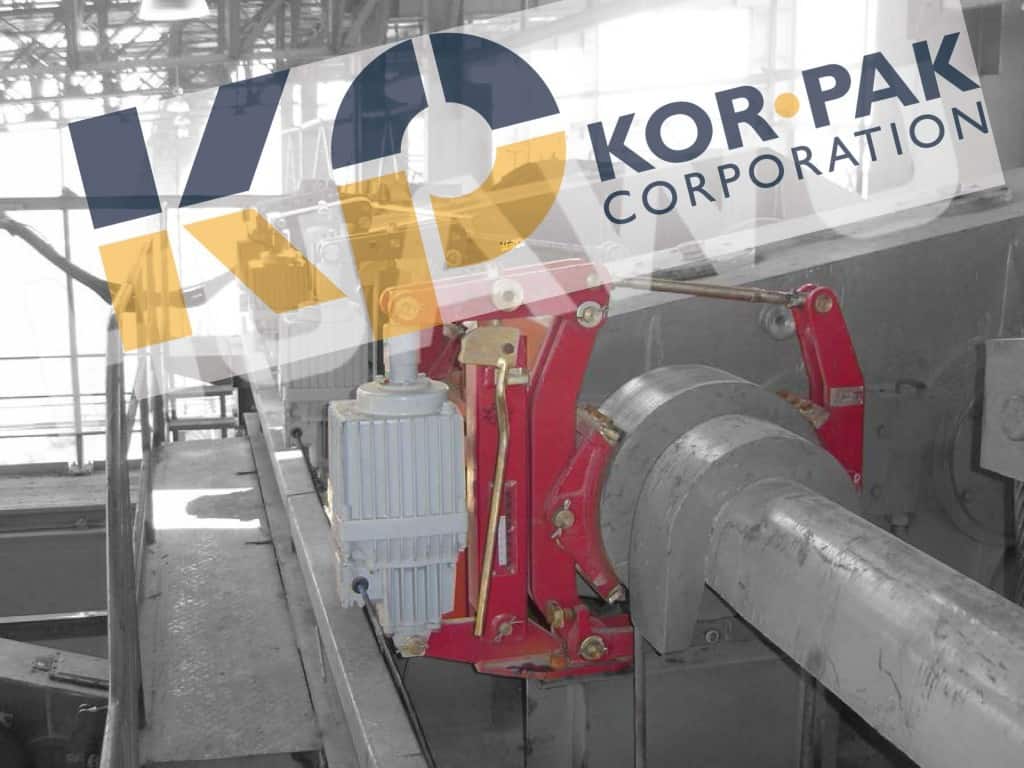Hydraulic systems are very different from air brake systems and require special care. Using the wrong approach, methods, or products could harmfully damage your machinery.
Whether your brakes are operating a car, truck, commercial vehicle, or industrial system, the same principles govern hydraulic brake care and maintenance.
These approaches are not necessarily more difficult than other brake types. But they are different.
You should always defer to your manufacturer’s recommendations. But there are some essentials for caring for your hydraulic brakes everyone should know.
We’ve got you covered. Let’s go:
Your Hydraulic Brakes Need Special Care
Before attempting to work on your brakes, remove the brake pads and work under clean conditions. You will also want to perform many tasks at operating temperature for best results.
You will need to drain the system, clean any sludge and deposits, and refill with brake fluid. Take care to maintain proper levels.
You will likely want to fill to 75%. Then operate the system.
Bleeding The System
Air in your hydraulic brake system can cause failure. Bleeding the hydraulic system means removing trapped air.
Careful maintenance means taking precautions to remove all trapped air from your brakes and not allowing the introduction of new air pockets while changing fluids.
Brake Cleaner
A big mistake can be using traditional brake cleaner when caring for your brakes. Hydraulics can get damaged with traditional brake cleaner.
They can also leave a residue that causes your brakes to work improperly.
Brake Pads
You will then need to reset the pads at the very least. Depending on wear and tear and use you may want to replace the pads.
Avoid Failure
Hydraulic failure can come from the system overheating or from improper functioning. Much of this can be resolved by using approved brake fluid, removing air frequently, cleaning systems, and replacing pads.
Faulty hydraulic systems that are improperly maintained can lead to dramatic failures in important equipment.
You will also need to check the systems your brakes are connected to ensure safe operation.
Check Power and Cords
Remember, the cords and power source are just as important as any of the other components in your brakes. During any scheduled or unplanned maintenance special care should be paid to cords and power source.
Check your connections and the condition of all cords.
Your auxiliary power supply may operate the pump that provides the hydraulic brake fluid to your equipment. A frayed cord could trigger a short circuit and cause your brakes to fail.
Maintain All of Your Systems Safely and Efficiently
Got your hydraulic brakes covered? You’ll be operating your equipment safely and efficiently. Kor-Pak can help with all the systems and parts that keep your business running.
But remember, all of your parts and systems require special care. Kor-Pak can help with all the systems and parts that keep your business running.
Did you know that Kor-Pak serves numerous industries, including steel, rail, energy (wind), mining, and oil?
We are both an OEM and distributor for products ranging from Heavy Duty Industrial Braking Systems, Wear Materials and Rubber Parts for Locomotives and Passenger Cars, Engine Seals, Kevlar Bearings, and Custom Machined and Fabricated parts.
We believe in proactively discovering ways to help customers achieve their goals and troubleshoot their problems efficiently, through collaboration with suppliers, engineers, and end-users.
Our customers are important to us. And we can help solve your business needs.
Don’t wait. Contact us now and discover how Kor-Pak can help bring value to your business today.


